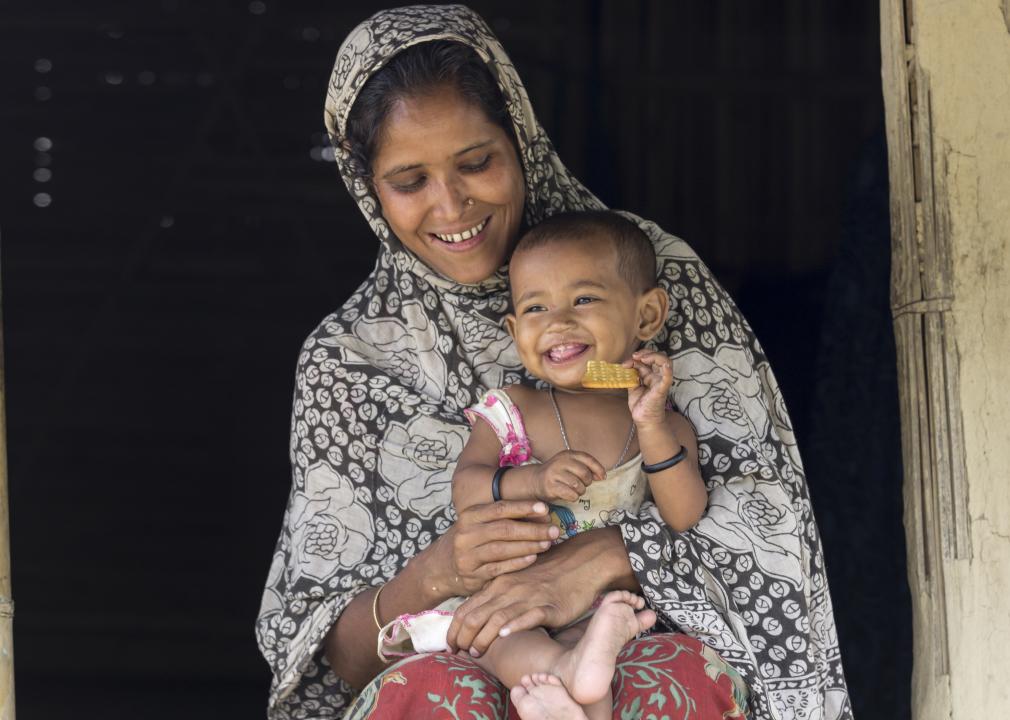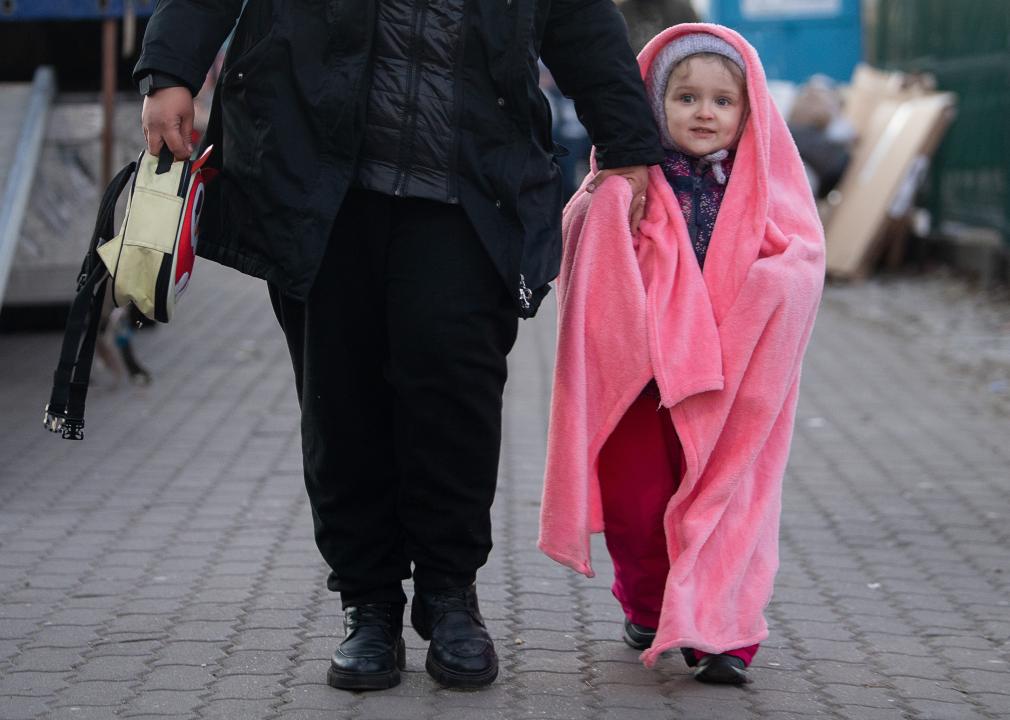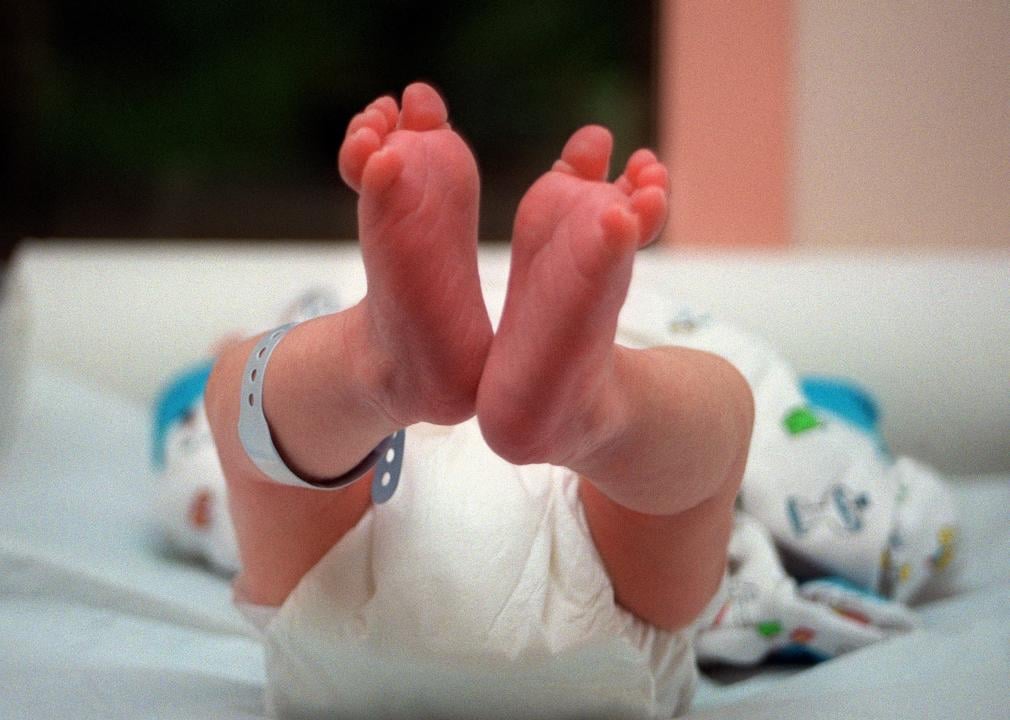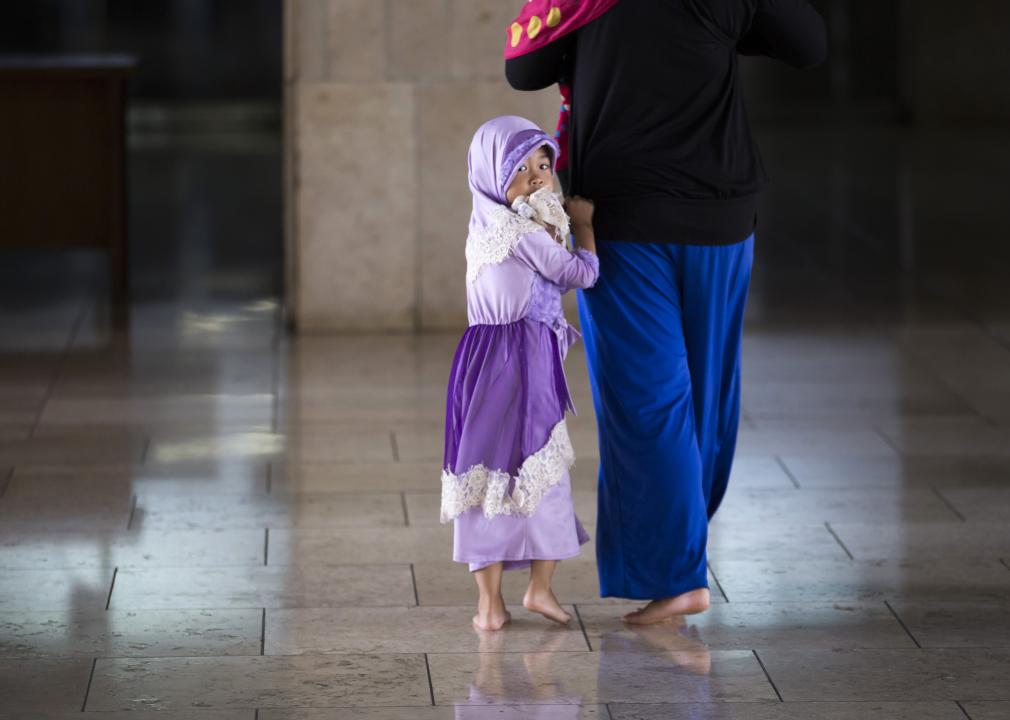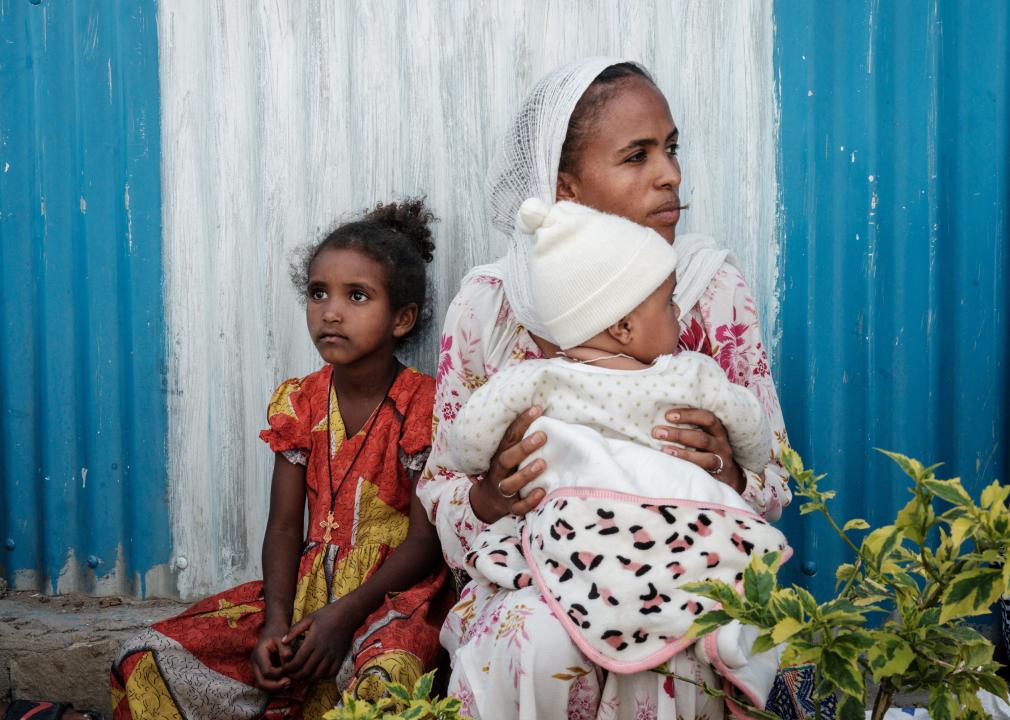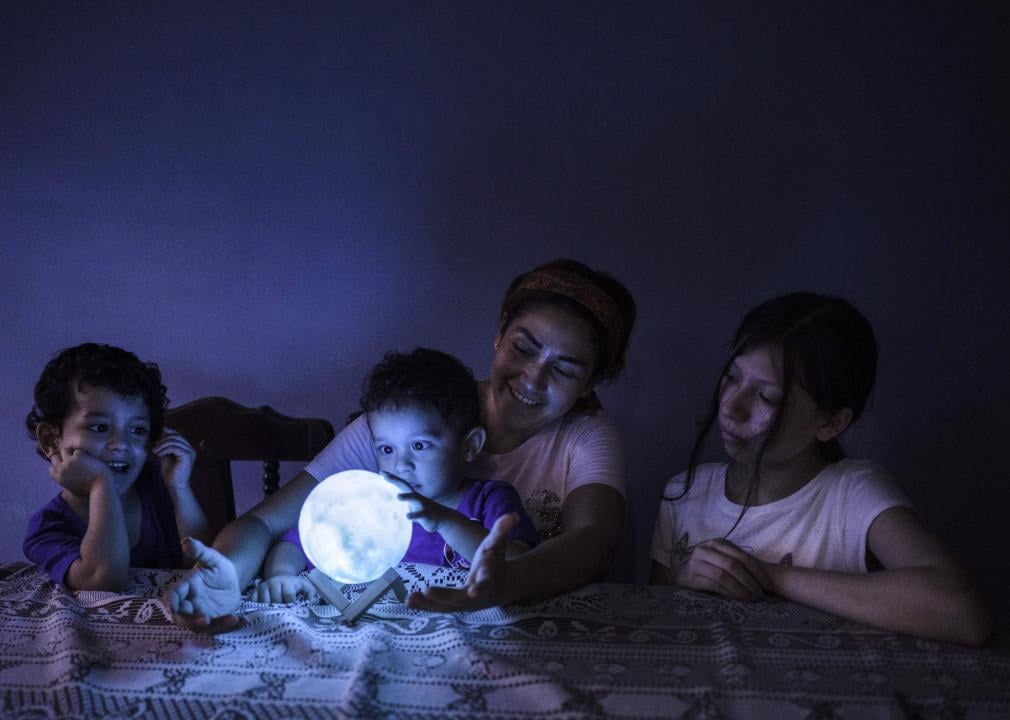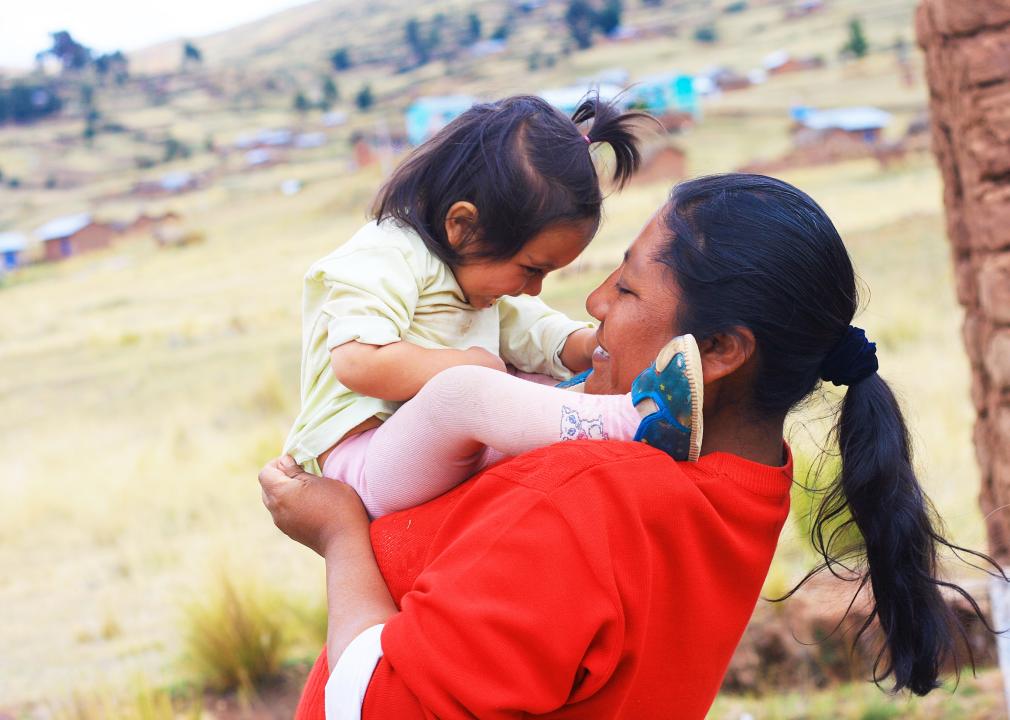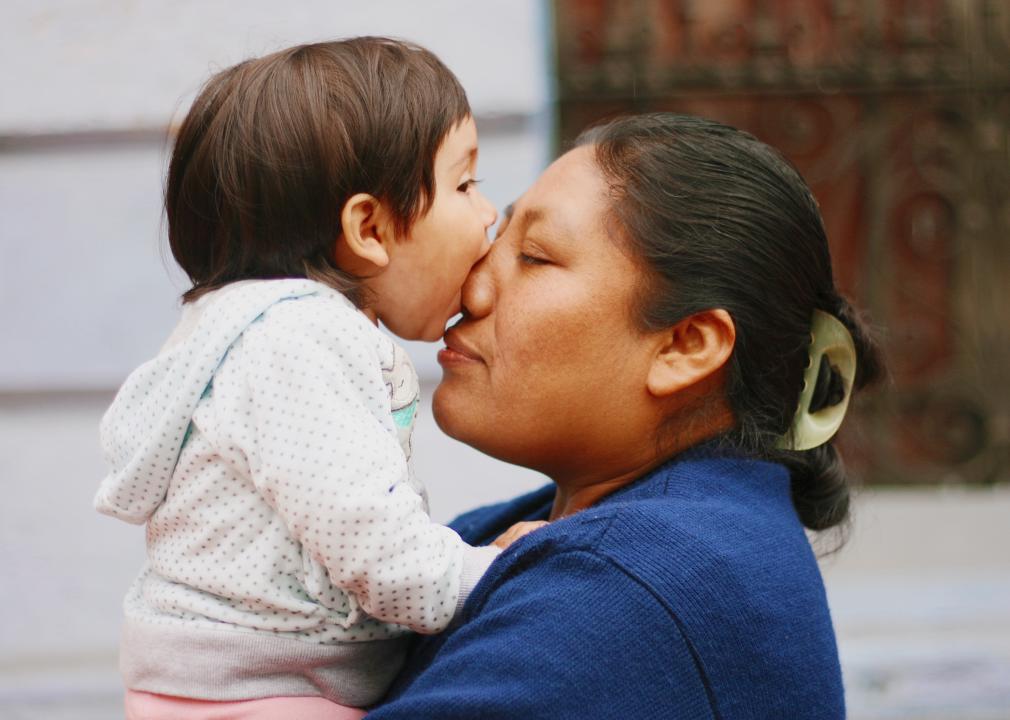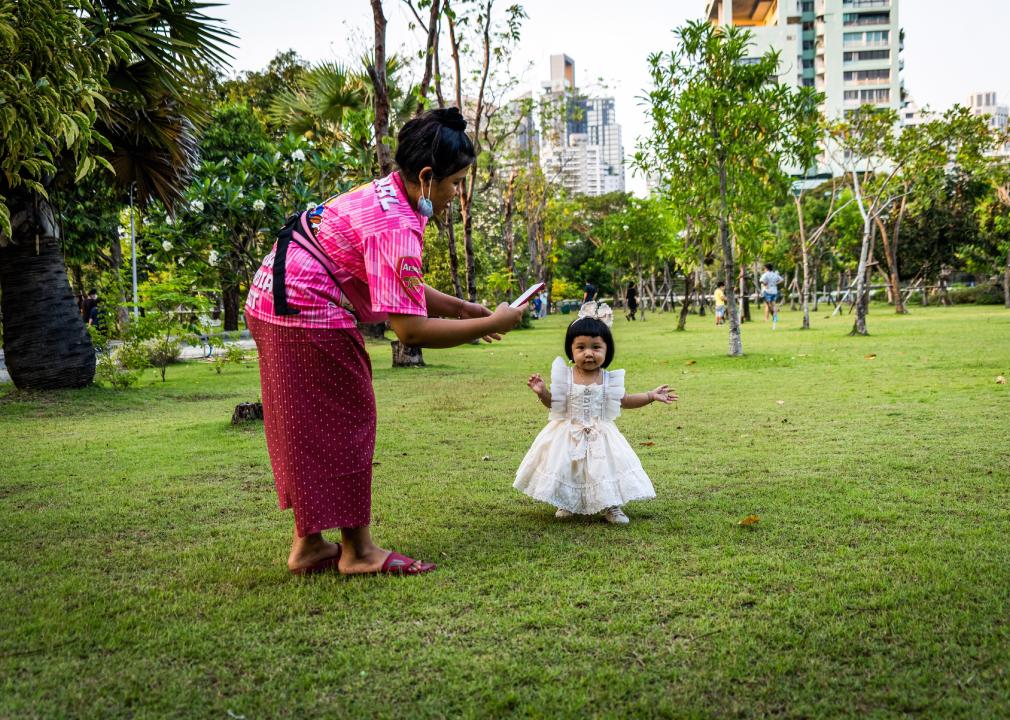Mother’s Day in Other Countries
You probably know that Mother’s Day is the second Sunday in May, but when is Mother’s Day around the world in different countries?
Turns out that Americans are the only ones that celebrate Mother’s Day. However, the one thing that makes the American Mother’s Day celebration different from others around the world is this: the commercialization of the holiday.
Some call it a Hallmark holiday, as people are expected to buy cards, gifts, flowers and more on Mother’s Day. And that is uniquely American.
Here are some experience gift ideas for Mother’s Day.
How Mother’s Day is celebrated in other countries
While Mother’s Day is now a holiday celebrated around the world, this commercialization isn’t an essential piece of every culture’s festivities.
To that end, Sunday Citizen compiled a list of Mother’s Day traditions across 10 countries—including how to say “Happy Mother’s Day” in that country.
From cleaning graves of female ancestors to awarding medals to the most fertile women, read on to see how different places worldwide choose to celebrate the women who give us life.
India
NurPhoto // Getty Images
Save this article and we’ll send it to your inbox. Plus, we’ll send you more great links each week.
India celebrates its mothers in a 10-day festival called “Durga Puja.” Mother’s Day in India takes place in the month of Ashvin, which falls roughly between September and October.
India’s Mother’s Day festival is both a religious and secular one. On the one hand, participants celebrate the goddess Durga’s victory over the demon Mahishasur. On the other hand, people tend to organize and hold family reunions.
The last five days of the 10-day festival honoring “the mother goddess” are the most important. Each day has specific rituals, feasts, gift-giving and public processions.
At the same time, “Durga Puja” is a harvest festival celebrating the necessity and power mothers have in life and creation.
In Hindi, the classic Happy Mother’s Day greeting is translated to “Maatri Divas kee shubhkaamyaaye.”
Mother’s Day in Poland
picture alliance // Getty Images
Since the early 1900s, Poland has celebrated Mother’s Day, or “Dzień Matki,” on May 26 each year. While the holiday is not federally recognized like it is in the United States or the United Kingdom, it’s widely celebrated.
Most children make “laurki” for their mothers. These are homemade greeting cards decorated with hand-drawn images and notes.
Families celebrate much the same way as in the United States, with flowers, special meals, and small gifts. Polish Mother’s Day rose in popularity following World War II, at which point many schools began putting on special programs or assemblies to mark the occasion.
In Polish “Happy Mother’s Day” translates to “Wszystkiego najlepszego w dniu matki.”
France Mother’s Day
DIDIER PALLAGES // Getty Images
It is believed that Napoleon Bonaparte proposed France’s equivalent to Mother’s Day, “La Fête des Mères,” in 1806 as a way to encourage mothers to have more children. However, the French government didn’t formally recognize the holiday until 1920.
That’s when the administration began handing out awards to women who had “successfully raised several children.” Damn, that’s throwing shade at the mothers of only children.
Anyway, American soldiers stationed in France during World War I helped to bring many of the Mother’s Day traditions from the United States—like flowers, cards, and gifts.
As far as when Mother’s Day is celebrated in France, it’s either the last Sunday in May or the first Sunday in June. I’m not really clear as to why it varies like this.
France often celebrates the holiday with extravagant meals, and restaurants book up weeks in advance–sounds a lot like the holiday here in the United States. Finally, in French, “Happy Mother’s Day” translates to “Bonne Fête des Mères.”
Indonesia
Tomohiro Ohsumi // Getty Images
While most countries celebrate a day for mom in the springtime, Indonesia’s national celebration falls on Dec. 22. The holiday’s unique positioning can be attributed to the first congress of Indonesian women, which was held on that date in 1928.
Initially, the holiday commemorated the women’s movement. However, eventually, in the late 1960s, the country shifted the occasion’s focus to just celebrating mothers.
The Asian country has a number of unique traditions for Mother’s Day in Indonesia:
- washing a mother’s feet
- cooking competitions
- “kebaya” wearing (that’s a traditional Indonesian dress)
In Indonesian, “Happy Mother’s Day” translates to “Selamat Hari Ibu.”
Mother’s Day in Germany
picture alliance // Getty Images
The first Mother’s Day in Germany was held in 1922. However, some say that “Muttertag” can be traced back to a Medieval spring festival that celebrated the birth and new life the season brought.
During Nazi rule, the government used Mother’s Day as an opportunity to award bronze, silver, and gold Mutterkreuz medals to mothers who gave birth to four, six, or eight children, respectively. It is believed that in the six years these honors were given out—between 1938 and 1944—almost 4.7 million German mothers received a medal.
These days, Mother’s Day in Germany is simply the second Sunday in May. Families celebrate in more typically Western ways, such as by giving gifts, flowers and cards to their moms.
In German, “Happy Mother’s Day” translates to “Schönen Muttertag.”
Ethiopia
YASUYOSHI CHIBA // Getty Images
Unlike other countries on this list that celebrate mothers on a specific date, Ethiopia varies when it observes Mother’s Day.
For example, this African nation’s three-day “Antrosht” festival, which is dedicated to its mothers, takes place at the end of the rainy season. That is typically sometime in the fall but not on a specific day, per se.
To celebrate, families come together to feast and tell the stories of their ancestors. Traditionally, daughters bring fruits, veggies or cheeses. On the other hand, sons provide meat. Then, taken together, they are the fixings for a delicious, traditional Ethiopian meal.
In Amharic (the official language of Ethiopia), “Happy Mother’s Day” translates to “Melikami ye’inati k’eni.”
Mexico Mother’s Day
VICTORIA RAZO// Getty Images
Mothers have long been celebrated in Mexico. We know this from ancient Indigenous civilizations, such as the Mayans. They were largely matriarchal in structure. Plus, they had pantheons filled with female goddesses.
However, it wasn’t until 1922 that Mexico began recognizing Mother’s Day in any kind of formal manner.
Today, the holiday is observed on May 10 each year, regardless of the day of the week. Typical celebrations include waking mom up with a song, showering her with gifts and sitting down to an extended family feast (that, hopefully, someone other than mom cooked).
In Spanish, “Happy Mother’s Day” translates to “Feliz Día de la Madre.”
Peru
Ruslana Iurchenko // Shutterstock
Just like the United States, Peru celebrates its Mother’s Day on the second Sunday in May. The country is incredibly enthusiastic about the holiday. In fact, in recent years, it has essentially turned it into a weeklong festival. This includes citywide events, school programs, and stores offering discounts and specials during the week leading up to the big day.
Much of the country’s celebration will feel familiar to Americans—there’s gift giving, card buying, and restaurant eating—but there’s one tradition that is different. On Mother’s Day in Peru, families will visit the graves of their female ancestors to give them a deep clean and adorn with flowers. After honoring the dead, they’ll remain at the cemetery to share a bite or a drink with members of their extended family.
In Peru, just like in Mexico, you wish someone a happy Mother’s Day by saying “Feliz Día de la Madre.”
Bolivia
Ruslana Iurchenko // Shutterstock
On May 27, 1812, the women of Bolivia, armed with small weapons, sticks, and pans, joined their men in battle, defending their country against an invading Spanish general. This occasion—which marked the first time women fought in a Bolivian war—is now commemorated in Bolivia’s Mother’s Day.
The holiday is huge in the country. In fact, it comes in just behind Christmas in terms of how elaborately people celebrate it.
Like the other Spanish-speaking countries on the list, Bolivians also wish each other a “Happy Mother’s Day” by saying “Feliz Día de la Madre.”
Thailand
SOPA Images // Getty Images
Thai Mother’s Day is a relative newcomer to the Mother’s Day tradition. Thailand first observed the holiday in 1950. Then, in 1976, the country made August 12 the official day. They chose this date in honor of Queen Sirikit’s birthday.
Interestingly, it isn’t just moms that benefit on this special day in Thailand. Usually, the day begins with people giving offerings, such as food, to Buddhist monks. Then, later in the day, they’ll attend programs at children’s schools. During these programs, Thai children will kneel at their mothers’ feet in an emotional gesture of respect. Finally, Mother’s Day in Thailand also includes gifts and special meals.
In Thai, “Happy Mother’s Day” translates to “S̄uk̄hs̄ạnt̒ wạn mæ̀.”
This story originally appeared on Sunday Citizen and was produced and distributed in partnership with Stacker Studio.

